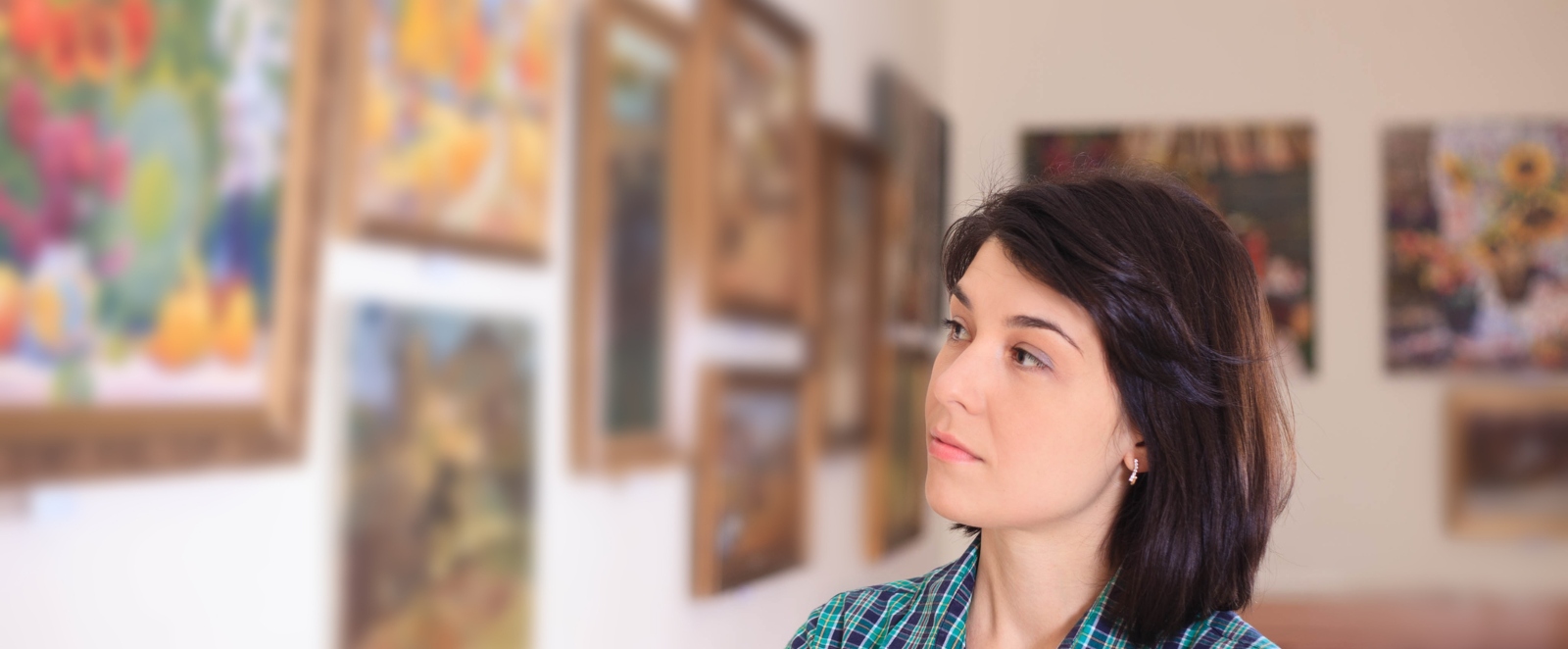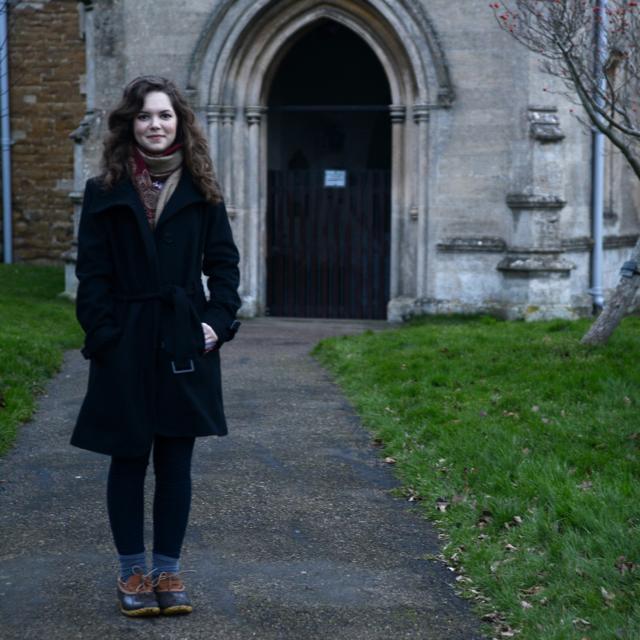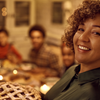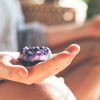I want you to take a moment and imagine the last time you visited an art museum. Maybe you haven’t in a while, that’s ok too. Just follow along. You walked through tall doors into an atrium filled with soft light. You followed the flow of the galleries at your own pace, the halls quiet, your steps muffled. You stopped in front of a painting of a vase of flowers. You observed how the artist traced each vibrant petal and curling tendril delicately, lovingly, in layers of oil paint. You breathed in, breathed out. Read the wall text. The distant hum of people in the atrium became a soothing background cadence. Did you forget about the real world outside? Did you let yourself be transported for a while into the world the museum created?
Mark Edmundson, professor of English at the University of Virginia, suggests that history and the arts cultivate what Aristotle defined as eudaimonia: “activity of the soul in accord with virtue.”[1] Although we cannot physically wander our favorite museums or spend an afternoon reading in the corner of our local library, we can still find that flow state when the cares of the world seem to melt away and all that matters is the work before our eyes. Reading books, viewing art, and interacting with historical objects and places, albeit from the safety of our homes, can still connect us with parts of our souls we may have forgotten. Engagement with cultural heritage can be a great way to alleviate stress and revive your curiosity in a time when we are staying home for the safety of ourselves and others.These activities can help us feel joy, optimism, and a sense of accomplishment at a time when they can be in short supply.
For the past several years, cultural heritage organizations have been finding therapeutic applications for their collections. In 2013, the University of London published a study in which they held sessions for mental health service users to handle museum objects. The UCL researchers reported that the participants experienced “distraction and decreasing negative emotion; increasing vitality and participation; tactile stimulation; conversational and social skills; increasing a sense of identity; novel perspectives and thoughts; learning new things; enjoyment and positive emotion.”[2] One-on-one interaction with historical artifacts brought the participants’ awareness back to the present moment, like meditation, while opening the mental doors for new knowledge to enter. In response to the current situation, museums, archives and libraries have transferred these kinds of innovative and really enjoyable activities online. See what your local favorites are up to in the digital realm.
As students of the Cayce work, you are deeply engaged already with a collection of primary source material - transcriptions, correspondence, ephemera - that is also part of our collective cultural heritage. By studying this material on the online readings database, you too can experience the flow state that I often enter when I am working with the originals in the archives. I lose myself in the minutiae of peoples’ lives that survive in the historical record. It can be like when you get lost in a really great novel. You flip page after page, following the characters’ joys and sorrows, decade after decade represented by yellowing typewriter paper and faint pencil scratchings. Hours go by. When you surface, one part of your mind remains preoccupied with those who have long since made their final bows. It feels bittersweet. It seems as if you know these people better than anyone else. But you only know their paper selves that they have left behind despite the vagaries of time and decay.
I encourage you to find your personal eudaimonia. Dive deeper into a topic in the Edgar Cayce Readings that you have always wanted to know more about. Read a favorite book that makes you feel cozy and safe. Pull out those watercolors and channel your feelings into strokes of beautiful color. I believe when we engage with the humanities - through reading, close study and craft - we can find solace in the knowledge of human ingenuity. We can see how people before us have gone through difficult circumstances and have come out on the other side with dignity and grace. By practicing what our souls love, we can keep the fire of curiosity kindled and meet adversity with resilience.
[1] Carol D. Ryff, “Linking Education in the Arts and Humanities to Life-Long Well-Being and Health,” The Andrew W. Mellon Foundation News and Blog, January 2019, accessed April 21, 2020, https://mellon.org/news-blog/articles/linking-education-arts-and-humanities-life-long-well-being-and-health/
[2] Erica E. Ander, Linda J.M. Thomson, Kathryn Blair, Guy Noble, Usha Menon, Anne Lanceley and Helen J. Chatterjee, “Using Museum Objects to Improve Wellbeing in Mental Health Service Users and Neurological Rehabilitation Clients,” British Journal of Occupational Therapy 76, no. 5 (May 2013): 208-216, accessed April 21, 2020, https://discovery.ucl.ac.uk/id/eprint/1396177/1/s2.pdf






